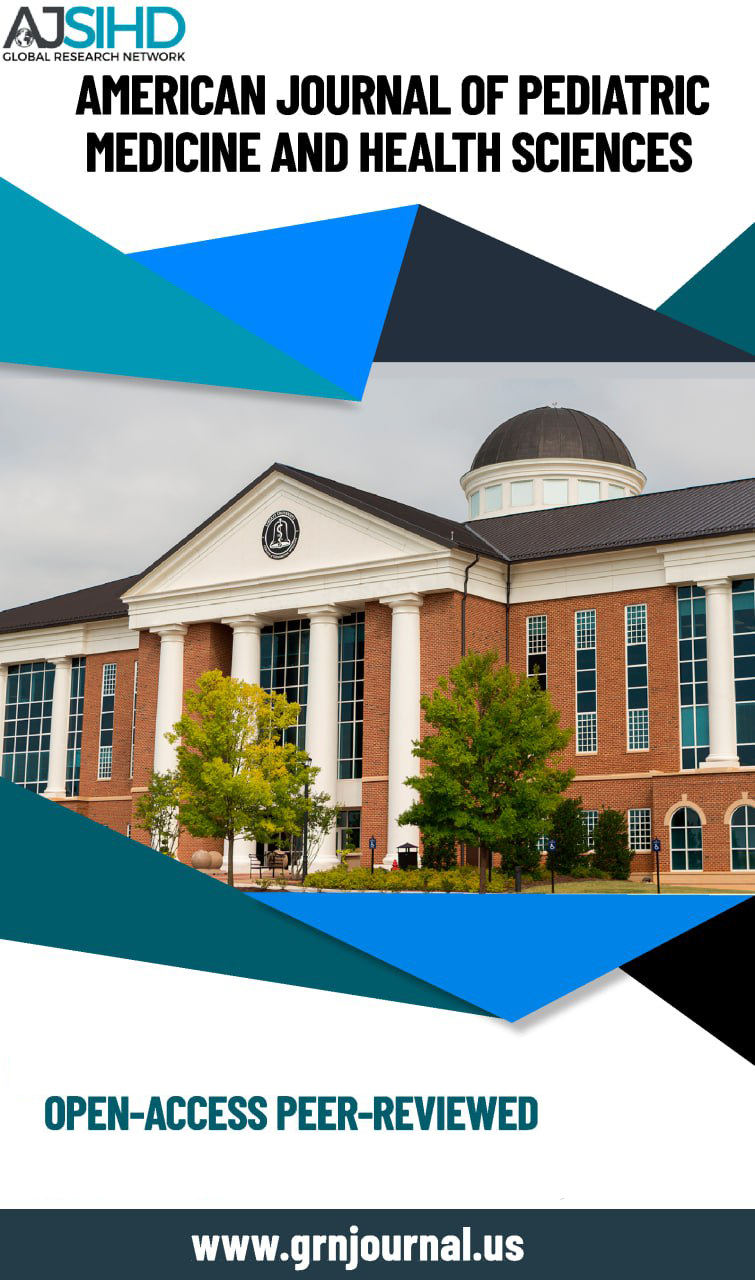CLINICAL OBSERVATION OF SCHWANNOMA OF THE AUDITORY NERVE
Keywords:
Dichorionic, monochorionic, pathology of the placenta and umbilical cord, twin pregnancyAbstract
Vestibular schwannoma (VS) (acoustic neuroma, neurolemmoma) is a
predominantly slow-growing benign neoplasm. As a rule, VS develops from the cells of the
superior vestibular part of the vestibulocochlear nerve at the junction of the “central” and
“peripheral” types of myelin (Obersteiner-Redlich zone), located at a distance of 8-12 mm from
the place where its root exits the brainstem, near the entrance to the internal auditory canal. In 5%
of cases, tumors of this type grow from the cochlear part of the nerve [1]. VS account for
approximately 8-10% of all primary intracranial tumors, 80-90% of tumors of the
cerebellopontine angle [2]. The incidence of VS is 1 per 100,000 population per year [3]. Some
authors note the prevalence of asymptomatic clinical forms, the frequency of which is about 7
per 10,000 population [4]



